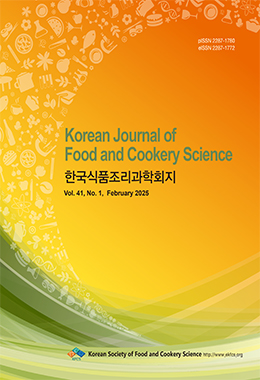Purpose: A multinomial logit model was use to analyze the effects of dietary behavior characteristics, health interest, food involvement, dietary connectivity, and demographic characteristics on food consumer types based on health promotion motivation. Methods: A survey was conducted using a convenience sampling method involving 302 adults aged 19 and older residing in Seoul and Gyeonggi Province. Results: Three types of food consumers were classified through cluster analysis of health promotion motivation, ‘Food Information Sensitive’, ‘Food Safety Awareness’ and ‘Active Food Experience’. The Food Information Sensitive group showed that food information, brand seeking, and frequency of ingredient purchases had a positive impact (p<0.1), while family connectivity, social connectivity, and food involvement had a negative impact (p<0.1). Individuals from nuclear families and those with a college education or higher were more likely to belong to this group. In the Food Safety Awareness group, the pursuit of food safety had a positive impact (p<0.1), while the pursuit of food trends had a negative impact (p<0.1). Family connectivity had a positive impact, but social connectivity and health interests had a negative impact (p<0.1). The frequency of ingredient purchases and age also had a negative impact on this group (p<0.1), with individuals educated at the high school level or below being more likely to belong to this group. The Active Food Experience group showed that social connectivity and health interest had a positive impact (p<0.1), and individuals in white-collar occupations were more likely to belong to this type. Conclusion: This study emphasizes the various motivations and characteristics of food consumers related to health promotion.




